Blue Moon Granite
 Madagascar
(Ihosy, Ihorombe Region, central south Madagascar)
Madagascar
(Ihosy, Ihorombe Region, central south Madagascar)
Blue Moon Granite, also known as Labradorite Blue Granite, is a stunning natural stone quarried in the Ihosy area of the Ihorombe Region in central-south Madagascar. This granite is highly sought after for its mesmerizing play of colors and unique characteristics, making it an excellent choice for various interior and exterior applications.
The primary color of Blue Moon Granite is a silver-grey base, which serves as a beautiful backdrop for the stone's most distinctive feature: iridescent blue labradorite mineral deposits. These labradorite deposits are what give the granite its alternate name, "Labradorite Blue Granite." The blue hues can range from subtle light blue tones to more pronounced and vivid shades, creating a captivating visual effect when viewed from different angles.
The iridescence of the labradorite in Blue Moon Granite results in a stunning play of colors known as "labradorescence." This optical phenomenon displays a shimmering range of blues, greens, and sometimes even purples, as light interacts with the mineral deposits. This effect adds a touch of elegance and uniqueness to any space where the granite is used.
Blue Moon Granite is a highly durable and robust stone, making it suitable for a wide range of applications. It is often used for countertops, wall cladding, flooring, and various decorative elements. Due to its exotic and luxurious appearance, it can add a touch of sophistication to both residential and commercial spaces.
The specific quarry location in Madagascar and the unique geological conditions in the Ihosy area contribute to the distinct characteristics of Blue Moon Granite. As with any natural stone, variations in color and pattern are inherent, making each slab of Blue Moon Granite a one-of-a-kind piece of art.
If you're considering using Blue Moon Granite for your project, it is advisable to view actual samples or slabs to appreciate the full beauty and labradorescent effect of this exceptional stone.

What is the coefficient of friction of Acid Washed Finish Madagascar's Blue Moon Granite tiles?

How thick is a Blue Moon Granite dining table top?

Can Madagascar's Blue Moon Granite be used exterior applications in cold climates?

Does placing a hot pan on a Blue Moon Granite kitchen countertop cause any damage?

What is the difference between granite and labradorite?

Is Madagascar's Blue Moon Granite an expensive stone?

What grade is Madagascar's Blue Moon Granite?

Are there color variations of Madagascar's Blue Moon Granite?

Why is blue granite so expensive?

What is labradorite granite?

Can Madagascar's Blue Moon Granite be used in a office?

Can Blue Moon Granite be used for flooring in places with high pedestrian traffic?

Does Blue Moon Granite make a good choice for a kitchen countertop?

Does Blue Moon Granite scratch or break easily?

How thick is Madagascar's Blue Moon Granite slabs?

Can Madagascar's Blue Moon Granite be used in landscaping?

What should you not use for cleaning Blue Moon Granite countertops?
-

Xiamen MayCo Stone Industry Co., Ltd.
 China
China
 7YRDiamond members are premium members on platform, providing members with comprehensive approach to promoting their products, increasing products exposure and investment return to maximize.
7YRDiamond members are premium members on platform, providing members with comprehensive approach to promoting their products, increasing products exposure and investment return to maximize.
 Verified Supplier is for prove company authenticity,including business license,trade license and effective office space,to enhance buyers' trust to suppliers and their products, reducing communication costs.
Verified Supplier is for prove company authenticity,including business license,trade license and effective office space,to enhance buyers' trust to suppliers and their products, reducing communication costs.
Contact Supplier
-

-

-

Xiamen JSC Imp. & Exp. Co.,Ltd.
 China
China
 13YRDiamond members are premium members on platform, providing members with comprehensive approach to promoting their products, increasing products exposure and investment return to maximize.
13YRDiamond members are premium members on platform, providing members with comprehensive approach to promoting their products, increasing products exposure and investment return to maximize.
 Verified Supplier is for prove company authenticity,including business license,trade license and effective office space,to enhance buyers' trust to suppliers and their products, reducing communication costs.
Verified Supplier is for prove company authenticity,including business license,trade license and effective office space,to enhance buyers' trust to suppliers and their products, reducing communication costs.
Contact Supplier
-

Xiamen JSC Imp. & Exp. Co.,Ltd.
 China
China
 13YRDiamond members are premium members on platform, providing members with comprehensive approach to promoting their products, increasing products exposure and investment return to maximize.
13YRDiamond members are premium members on platform, providing members with comprehensive approach to promoting their products, increasing products exposure and investment return to maximize.
 Verified Supplier is for prove company authenticity,including business license,trade license and effective office space,to enhance buyers' trust to suppliers and their products, reducing communication costs.
Verified Supplier is for prove company authenticity,including business license,trade license and effective office space,to enhance buyers' trust to suppliers and their products, reducing communication costs.
Contact Supplier
-

Shenzhen Fenghua Industry Co.,Ltd.
 China
China
 3YRDiamond members are premium members on platform, providing members with comprehensive approach to promoting their products, increasing products exposure and investment return to maximize.
3YRDiamond members are premium members on platform, providing members with comprehensive approach to promoting their products, increasing products exposure and investment return to maximize.
 Verified Supplier is for prove company authenticity,including business license,trade license and effective office space,to enhance buyers' trust to suppliers and their products, reducing communication costs.
Verified Supplier is for prove company authenticity,including business license,trade license and effective office space,to enhance buyers' trust to suppliers and their products, reducing communication costs.
Contact Supplier
-

 Brazil
Brazil
 Verified Supplier is for prove company authenticity,including business license,trade license and effective office space,to enhance buyers' trust to suppliers and their products, reducing communication costs.
Verified Supplier is for prove company authenticity,including business license,trade license and effective office space,to enhance buyers' trust to suppliers and their products, reducing communication costs.
Contact Supplier
-

-

 China
China
 5YRDiamond members are premium members on platform, providing members with comprehensive approach to promoting their products, increasing products exposure and investment return to maximize.
5YRDiamond members are premium members on platform, providing members with comprehensive approach to promoting their products, increasing products exposure and investment return to maximize.
 Verified Supplier is for prove company authenticity,including business license,trade license and effective office space,to enhance buyers' trust to suppliers and their products, reducing communication costs.
Verified Supplier is for prove company authenticity,including business license,trade license and effective office space,to enhance buyers' trust to suppliers and their products, reducing communication costs.
Contact Supplier
-

 China
China
 5YRDiamond members are premium members on platform, providing members with comprehensive approach to promoting their products, increasing products exposure and investment return to maximize.
5YRDiamond members are premium members on platform, providing members with comprehensive approach to promoting their products, increasing products exposure and investment return to maximize.
 Verified Supplier is for prove company authenticity,including business license,trade license and effective office space,to enhance buyers' trust to suppliers and their products, reducing communication costs.
Verified Supplier is for prove company authenticity,including business license,trade license and effective office space,to enhance buyers' trust to suppliers and their products, reducing communication costs.
Contact Supplier
The request includes: 1. surface finished, size 2. quantity required






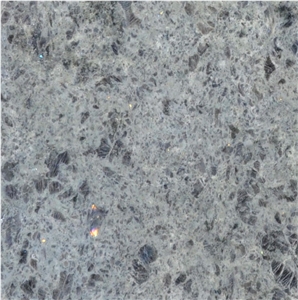
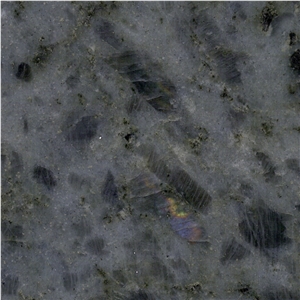
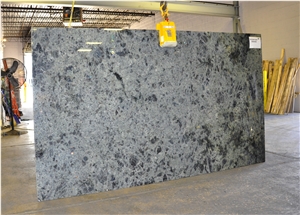
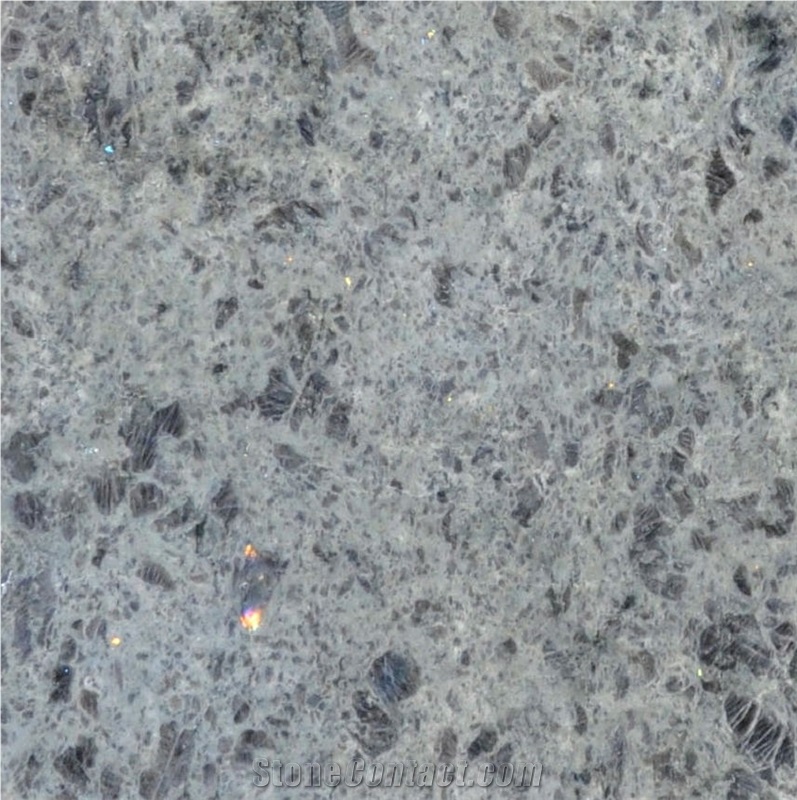
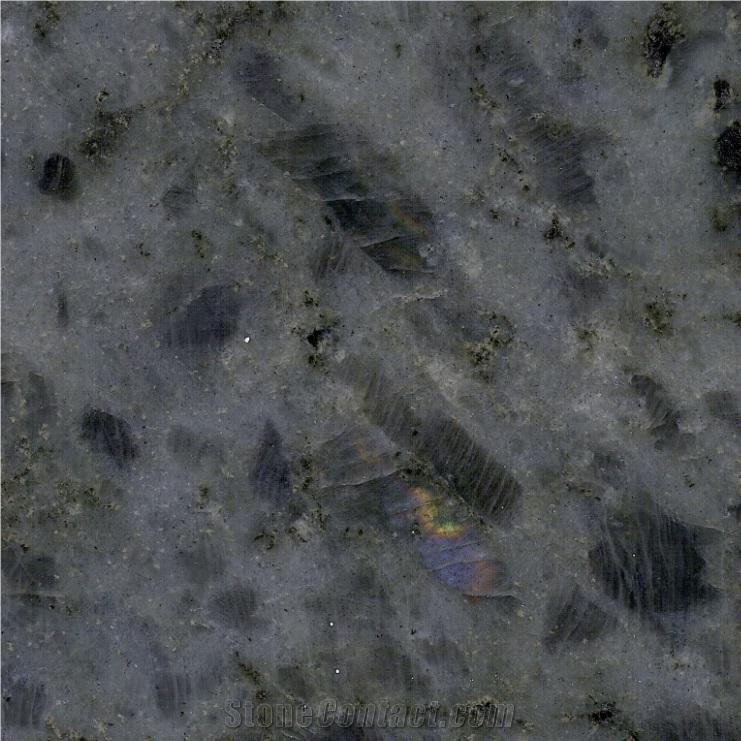
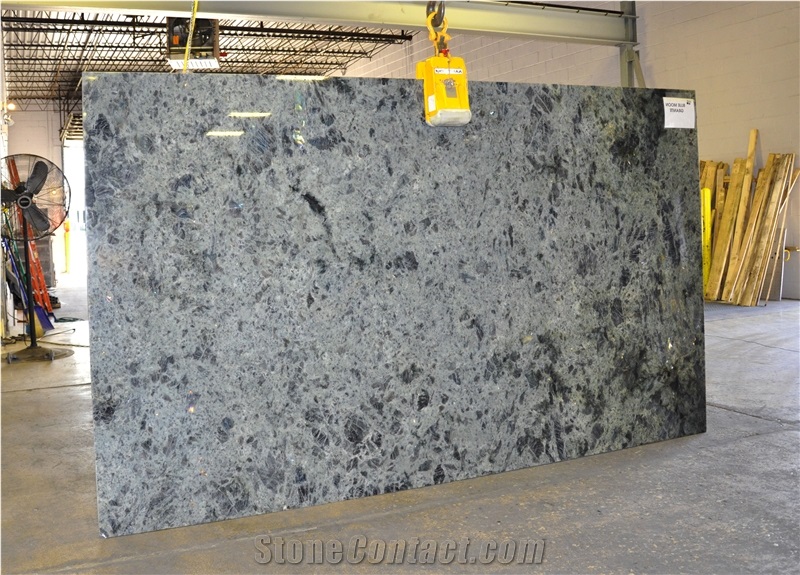
 Italy
Italy Croatia
Croatia Turkey
Turkey